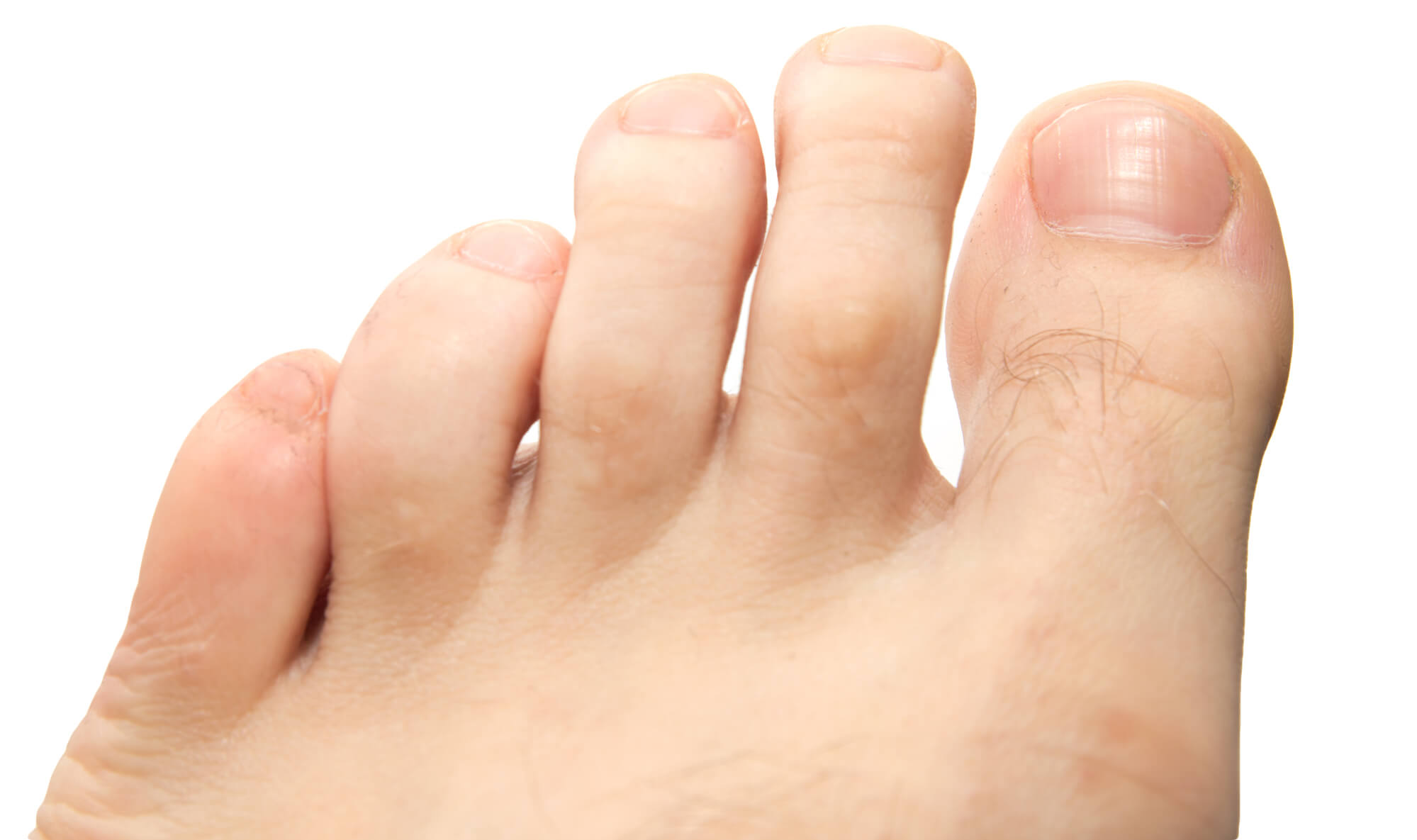Sprained Toe: Causes, Treatment, and Prevention
A sprained toe can be a frustrating and painful experience, but understanding its causes, proper treatment, and preventive measures is essential to ensure a speedy recovery. At ePodiatrists, we are committed to providing expert guidance on managing toe injuries.
Key Takeaways
- Toe sprains can result from various causes, including accidental impacts, sports injuries, and inappropriate footwear, and may range from mild to severe.
- Prompt and appropriate treatment is essential for a full recovery, with mild sprains benefiting from rest, ice, compression, and elevation. In contrast, severe sprains or suspected fractures require professional consultation and possibly immobilization.
- Preventive measures, such as wearing proper footwear, being cautious, exercising, and taping for added support during physical activities, can significantly reduce the risk of toe sprains.
Understanding Toe Sprains
A sprained toe occurs when the ligaments that connect the bones within your toe are stretched or torn. This can happen for various reasons and can vary in severity, ranging from a mild strain to a more severe injury that may even result in a broken toe.
Causes of Toe Sprains
Toe sprains can happen to anyone, regardless of their activity level or lifestyle. Here are some common causes to consider:
- Accidental impact: One of the most frequent causes is stubbing your toe against furniture, a curb, or any hard surface. The forceful impact can lead to a toe sprain.
- Sports injuries: Athletes, in particular, are susceptible to toe sprains due to the demands of their activities. Sudden stops, quick changes in direction, jumping, and even collisions with other players can result in toe sprains.
- Inappropriate footwear: Wearing shoes that don't provide adequate support or are ill-fitting can increase the risk of toe sprains. Shoes that are too tight or lack proper cushioning can place excess stress on your toes.
Recognizing the Symptoms
Identifying a sprained toe early is crucial for prompt and effective treatment. Here are some common symptoms to watch out for:
- Pain and swelling: A sprained toe typically causes immediate and noticeable swelling. The pain can be sharp or dull, making walking or moving the affected toe challenging.
- Bruising: Discoloration or bruising around the injured area may develop within a day or two after the injury. This is a common sign of tissue damage.
- Reduced range of motion: A sprained toe often results in limited movement. You may find it difficult to bend or extend the toe as you normally would.
- Difficulty walking: Severe sprains can make it nearly impossible to bear weight on the injured toe, further impacting mobility.
Treating a Sprained Toe
Proper treatment is essential to ensure a full recovery from a toe sprain. The approach you should take depends on the severity of the injury.
Mild Sprain Treatment
For mild toe sprains, self-care measures can often suffice. Here's a more detailed look at each step:
- Rest: Giving your toe ample time to heal is crucial. Avoid activities that put stress on the injured toe. This might mean taking a break from strenuous exercise or athletic activities.
- Ice: Applying ice to the injured area can help reduce swelling and alleviate pain. Wrapping the ice pack in a cloth to prevent frostbite and applying it for 15-20 minutes is essential.
- Compression: Using an elastic bandage, gently wrap the injured toe to provide support and reduce swelling. Be careful not to make it too tight, which can impede blood flow.
- Elevation: Elevating your foot above heart level whenever possible can reduce swelling and promote healing.

Severe Sprain or Suspected Fracture
If your toe sprain is severe or if there's a possibility of a fracture, seeking professional help becomes crucial. Here's a more detailed explanation:
- Consult a podiatrist: In cases of severe sprains or suspected fractures, it's advisable to consult a podiatrist promptly. They can provide an accurate diagnosis and recommend the most appropriate treatment plan.
- X-ray: An X-ray may be necessary to rule out a fracture, as fractures often require different treatment approaches than typical sprains.
- Immobilization: In more severe cases, your podiatrist may recommend using a walking boot or brace to immobilize the toe. Immobilization is essential for proper healing and preventing further injury.
- Pain management: Over-the-counter pain relievers such as ibuprofen or acetaminophen can help manage pain and reduce inflammation during healing.
Preventing Toe Sprains
Preventing toe sprains is essential for maintaining your overall foot health. Here are some detailed tips to minimize your risk:
- Wear appropriate footwear: Choose shoes that provide proper arch support and cushioning and fit well. Ensure they are suitable for the activities you engage in.
- Be cautious: Pay close attention to your surroundings to avoid accidental impacts. Preventive measures, such as installing corner protectors on furniture, can reduce the risk of stubbing your toe at home.
- Exercise and stretch: Strengthening your toe muscles and improving flexibility can enhance your resilience. Toe exercises and stretches can be beneficial, especially for athletes.
- Taping: Athletes may find taping their toes helpful for support during sports activities. Consult with a sports medicine professional or podiatrist for proper taping techniques.
Conclusion
In conclusion, dealing with a sprained toe can be challenging, but with the right knowledge and treatment, you can expedite your recovery process. Remember, the severity of your injury will determine the appropriate course of action. If you suspect a severe sprain or a possible fracture, don't hesitate to consult our expert team at ePodiatrists.
We understand the importance of taking immediate action and consulting a podiatrist to ensure a successful recovery. Your toe health is our priority, and we're here to support you on your journey to healthy and pain-free toes. Contact us today to schedule an appointment and take the first step toward a swift and complete recovery. Don't let toe pain and swelling keep you from enjoying a full, active life.

